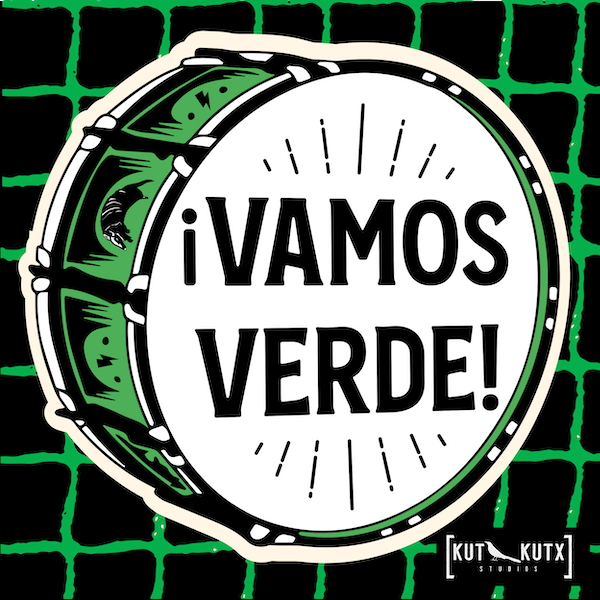Twice in the last three years I’ve seen good sized coral snakes in my yard. Both times I relocated them deep into the woods nearby.
Their presence troubles me because there are often young children playing in my yard. If any were bitten by a Texas Coral Snake, though they probably wouldn’t die, they would be critically ill for a couple of days – and the antivenin they would need, if we could get it, would come in at just under 10K a vial. They’d need between 3 and 5 vials – so it would be physically and financially devastating. I showed the kids pictures and told them not to touch or tease them. “Run and tell an adult,” I said.
By the way, antivenin and antivenom are synonymous. You can say either, or either, and be correct.
No one has died in Texas of a coral snake bite since the antivenin was produced in small amounts in the early 1960s. There was a Florida man who died in 2006, but that was because he didn’t go for help. He died within a few hours of respiratory suffocation. Coral snake venom is a neurotoxin, a cousin of cobra venom.
In Texas, one of the most interesting cases occurred back in 1966 when Boy Scout Randy Wooten, was bit by a coral snake near Fort Worth. There wasn’t enough antivenin to treat him locally, but they did find some at a zoo in Louisiana. The Air Force kindly dispatched a fighter jet to rush the antivenin to him. Made the trip in 30 minutes. Saved his life.
Tim Cole, a herpetologist who owns the Austin Reptile Service, and who does educational lectures on snakes of all kinds, told me that coral snakes are not dangerous in the sense that they will not get aggressive with you in the wild like rattlers will. They are shy snakes and will seek to get away from you. He doesn’t like the saying “Red on yellow will kill a fellow” because it’s wrong in two ways. One, thanks to antivenin, it is highly unlikely a bite will kill you, and two, there are albinos and black corals that break the rule. He said outside of Texas, in South America, the rule often does not hold up either. His best advice is to never pick them up. Ninety percent of coral snake bites occur when people pick them up.
Teresa Shisk-Saling, a licensed veterinary technician who used to work with snakes at Texas A&M’s Vet School, agrees. She told me, “Don’t pick them up. Coral snakes are unpredictable. They are gorgeous snakes but deceptive in their apparent docile nature. They can turn on you quickly. They latch on and won’t let go – chewing on you – to deliver their venom.” And that venom, she said, is 20 times more toxic than rattlesnake venom. The only consolation is that the volume is small. A rattlesnake will inject you with about 800 milligrams (a full hypodermic syringe) of poison in one bite while a coral snake will hit you with only about two percent of that volume. Hope no evil herpetologist is trying to genetically crossbreed the two.
Teresa Shisk-Saling is also Founder and Director of the Reptile Hospice Sanctuary of Texas in Snook. She and her husband have enormous real-world experience working with venomous snakes. Rattlers, she says, are the ones to worry about. Indeed, all you have to do is scan down the CDC records of snake bite deaths in the U.S. over the last hundred years and see that rattlesnakes are responsible for 90 percent of them. Even with that record, you’re still more likely to be killed by a lightning strike than a strike by a venomous snake. Of the 8-thousand snake bites in the U.S. each year, only about 20 are from coral snakes, and some of those are dry bites.
The story of how coral snake antivenin was developed is astonishing. It took Bill Haast, a leading expert on antivenins, 69-thousand milkings of coral snakes to get enough venom to create an antivenin, which was one pint. Wyeth Labs then they took a diluted version of that venom and injected it into horses. The horses weren’t harmed. A few weeks later, they harvested the antibodies from the horses and produced coral snake antivenin. Teresa Shisk-Saling informed me that the last of the coral snake antivenin will expire this year. Wyeth has no plans to make more. It’s not cost effective. So, I guess if you are going to get bitten by a coral snake, this is the year to do it.
A quick note about Bill Haast, America’s most famous snake man. He injected himself with enough snake venom to become immune to poisonous bites. He was walking, human antivenin. His blood was so full of antibodies that he saved over 20 snake bite victims in his life by just giving them blood transfusions.
Let us return now to the handy rhyme: “Red against yellow will kill a fellow; red against black, venom lack” or “friend of Jack.” Some anonymous herpetologist suggested a new version: “Roses and red, violets are blue: leave the damn snake alone.”





